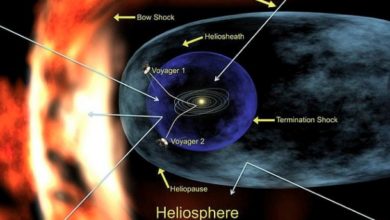
Are we alone in the universe? Is life on Earth nothing more than a “fluke?” There’s a constant back and forth between these questions, and two recent studies don’t look to change that any time soon.
For example, one study indicates that the number of habitable planets might be far greater than we first imagined. As it turns out, red dwarfs (previously thought unlikely to support life-bearing planets) might actually offer “10 times as many candidates” for life-bearing planets as originally estimated. It’s all thanks to planets hanging out in just the right spot, the Goldilocks Zone.
According to Seth Shostak of SETI, it’s a potential increase “by a factor of 8 or 10.”
Of course, that’s no guarantee they’re harboring life, but hey: Law of averages. The odds just shot up considerably, and don’t forget the billions and billions of planets swirling around ordinary stars.
On the other hand, you have this study out of Princeton that suggests, no, the idea of alien life is probably just “wishful thinking.”
Princeton scientists Edwin Turner and David Spiegel believe we should leave Earth out of it, as using the “unusually fast” development of life on our planet to predict the existence of life on others just doesn’t cut it from a scientific standpoint.
Other planets might just be lifeless, period.
I suppose that’s reasonable. Then again, we have to use what we’ve got, right? Neither study is necessarily in direct opposition of the other, but they do feel like mixed signals. I think, as always, the best answer for now is simply, We Don’t Know.



